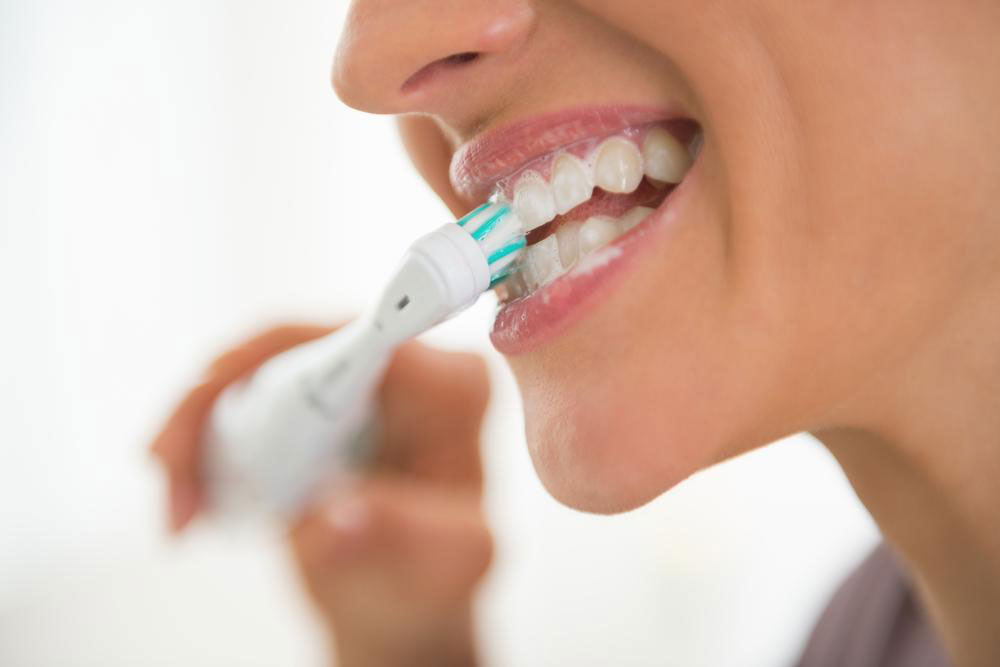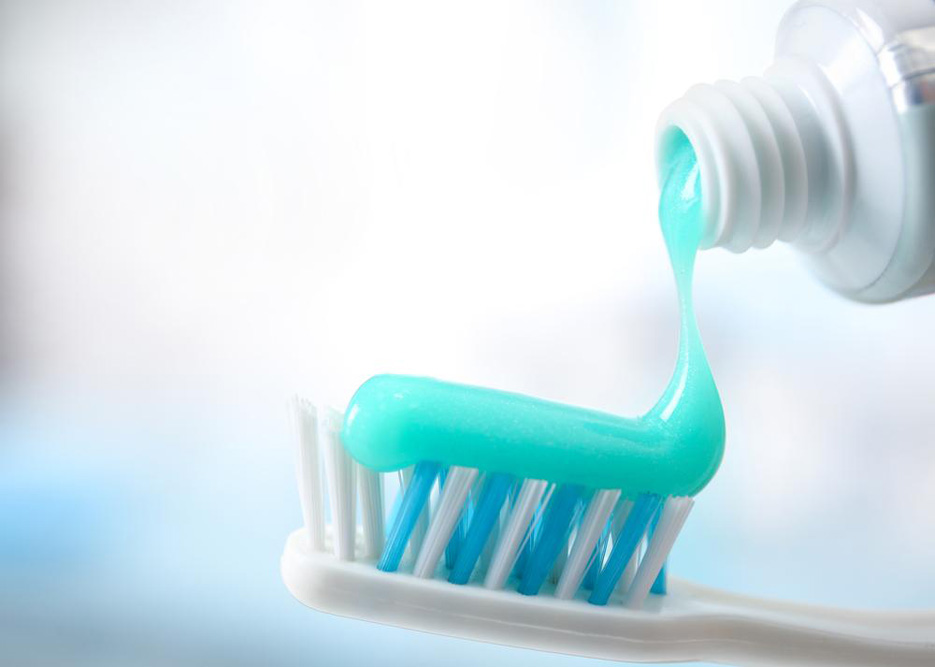Comprehensive Guide to Whitening Toothpastes: Brighten Your Smile Naturally and Safely
Discover the science behind whitening toothpastes and learn how to use them effectively to brighten your smile. This comprehensive guide explains ingredients, benefits, limitations, and best practices, helping you choose the right product for a healthier, more attractive smile.

Comprehensive Guide to Whitening Toothpastes: Brighten Your Smile Naturally and Safely
In today's society, maintaining a bright, attractive smile is often associated with confidence and personal appeal. Many individuals turn to whitening toothpastes as an easy, cost-effective way to enhance their oral appearance. However, while most people are familiar with the concept of whitening toothpastes, not everyone understands the science behind how these products actually work or how to use them effectively for optimal results. This comprehensive guide explores the ins and outs of whitening toothpastes, including their ingredients, methods of action, benefits, limitations, and best practices for use. By understanding these aspects, you can choose the right products and use them safely to achieve a radiant smile that boosts your self-esteem.
Understanding How Whitening Toothpastes Work on Your Smile
Whitening toothpastes are specially formulated dental care products designed to enhance the brightness and whiteness of teeth by removing surface stains and, in some cases, lightening the tooth color itself. Although they function similarly to regular toothpaste, they contain additional ingredients that target stains and discoloration more effectively. These products are suitable for daily use and are often incorporated into standard oral hygiene routines to maintain a bright smile.
At their core, whitening toothpastes contain mild abrasive agents such as baking soda, silica, calcium carbonate, or salt. These abrasives gently polish the enamel surface during brushing, removing debris, plaque, and extrinsic stains caused by dietary choices, smoking, or environmental factors. The abrasives help smooth the enamel, making the surface less prone to accumulating new stains.
Some formulations take this a step further by including chemical bleaching agents like carbamide peroxide or hydrogen peroxide. These compounds have the ability to penetrate the enamel and oxidize dark pigments within the structure of the teeth, leading to a visible lightening effect. While effective, these bleaching agents are typically present in lower concentrations in whitening toothpastes compared to professional treatments, limiting their whitening capacity to surface-level discoloration rather than deep stains.
In addition to abrasives and bleaching agents, many whitening toothpastes also incorporate special chemicals and compounds to enhance their staining capabilities and provide instant results. For example, some contain blue covarine, a chemical that adheres temporarily to the enamel surface and creates an optical illusion of whiter teeth by masking stains immediately after brushing. Others utilize enzymes or papain, which work on the molecular level to break down stain-causing molecules, reducing the appearance of discoloration without significant abrasion.
Key Benefits of Using Whitening Toothpastes
Enhanced Appearance: Regular use can lead to visibly brighter, more attractive teeth, boosting self-confidence and personal image.
Cost-Effective Solution: Compared to professional whitening procedures, whitening toothpastes are affordable and readily available, making them ideal for daily maintenance.
Reduced Sensitivity: Compared to other whitening options like strips or gels, premium whitening toothpastes often have a lower risk of causing tooth sensitivity, especially when used as directed.
Prevention of Future Stains: Some formulations contain fluoride and other protective ingredients that help prevent plaque buildup and reduce the formation of new stains over time.
Guidelines for Optimal Use of Whitening Toothpastes
Avoid Over-Usage: Limit brushing with whitening toothpaste to twice daily. Excessive use can lead to undesirable side effects such as enamel erosion due to abrasive content.
Read Labels Carefully: Steer clear of products containing microplastic beads or other harsh abrasives that might damage the enamel and gum tissues over prolonged use.
Combine with Professional Treatments: For significant staining or intrinsic discoloration, consider consulting your dentist for professional whitening options. Use whitening toothpaste as a maintenance step post-treatment to prolong results.
Maintain Good Oral Hygiene: Combining whitening toothpaste with regular flossing, mouthwash, and routine dental check-ups ensures the best overall oral health and aesthetic results.
Choosing the right whitening toothpaste requires understanding your unique dental needs and preferences. Always opt for trusted, dentist-recommended brands that undergo rigorous testing for safety and efficacy. Incorporate these products into your daily routine wisely, and remember that consistency is key to maintaining a brighter, healthier smile over time. With proper use and realistic expectations, whitening toothpastes can be a valuable addition to your oral care arsenal, helping you confidently show off your radiant smile every day.





